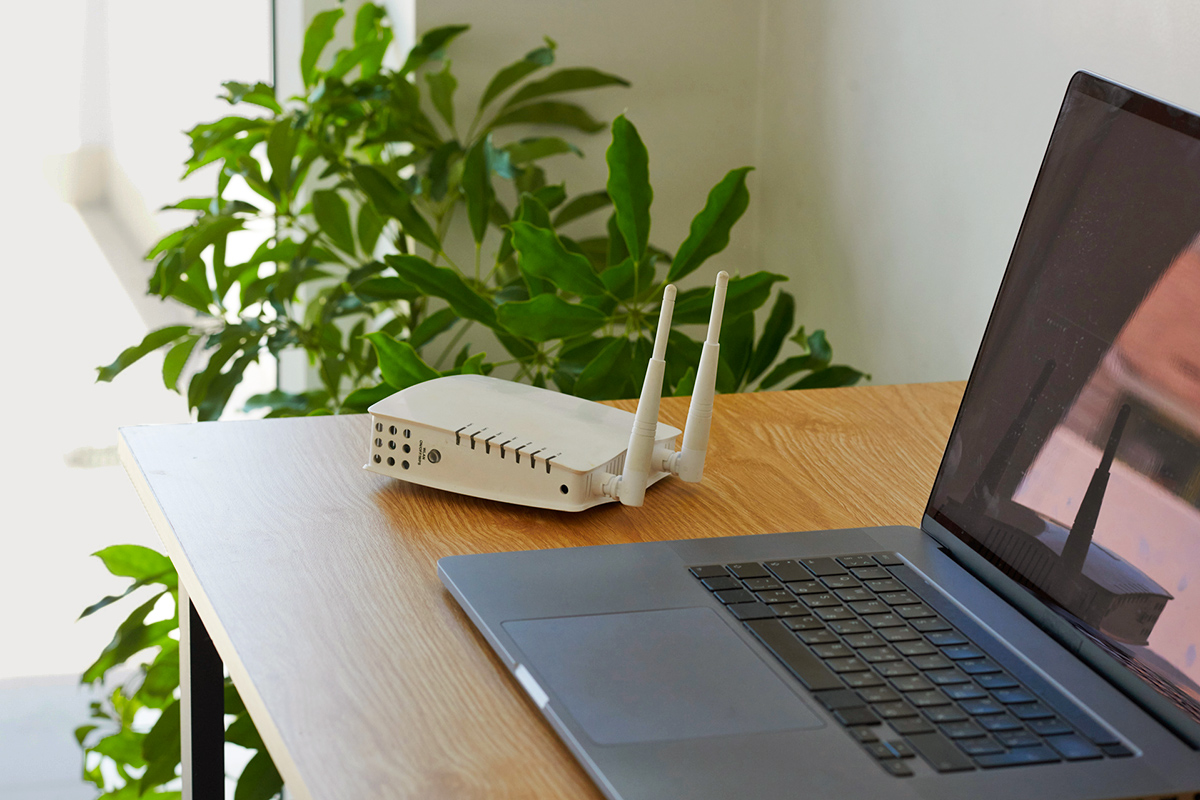When you’re done making leaf angels and it’s time to bag up the fallen leaves, you might find yourself in a bit of a pickle: How do you keep the garbage bag upright and open if your hands are already preoccupied gathering armfuls of leaves? It’s not always possible to enlist the help of a…
• Trash bags designed for lawn and leaf care
• Large, flattened cardboard box
• Garden rake or broom
• Leaf scoops (not necessary, but nice to have)
Bagging Leaves, Made Easy
Begin by taking a large, flattened cardboard box and folding it into a U-shape, creating one flat panel on the bottom and two side panels that are angled up. This type of fold is referred to as a gatefold, and is often used for brochures and menus. Open a garbage bag and partially insert the gatefolded cardboard into the bag, placing the entire thing on the ground. This creates an open-topped funnel that keeps the garbage bag wide open while you’re raking.
At this point you can proceed in one of two ways: Either leave the box and bag lying flat on the ground, using a rake or broom to direct the leaves, or tilt the box upward toward the sky, gather leaves by the handful, and drop them in from above. Once done, remove the box, compress the leaves using the rake or your hands, and tie the bag shut.
More from our network
House Outlook is part of Inbox Studio, which publishes content that uplifts, informs, and inspires.
What’s Next?
Now that you have a clean lawn and bags full of leaves, what should you do with them? If your community provides curbside pickup, that’s one way to go. But you can also use those leaves to create nutrient-rich compost to stimulate garden growth come spring. Just keep in mind that you should use leaves from maple, birch, ash, and cherry trees, as oak leaves are too acidic.
Take a bag of leaves to a corner of your yard and pour them into a pile. (We know you just raked them up, but trust the process.) Then use a lawn mower or leaf shredder to shred the leaves, before adding in any grass clippings or vegetable scraps. Once or twice a week, use a shovel to turn the compost, which introduces oxygen and allows the microorganisms to breathe. If you start this process in the autumn, you’ll have a healthy compost pile by springtime that you can use to promote plant growth in your garden.



















